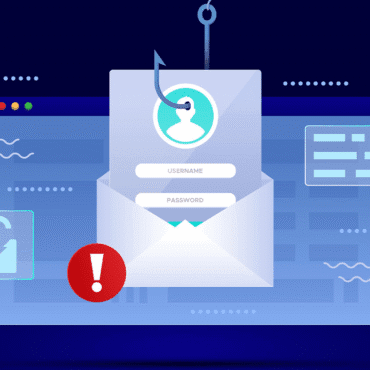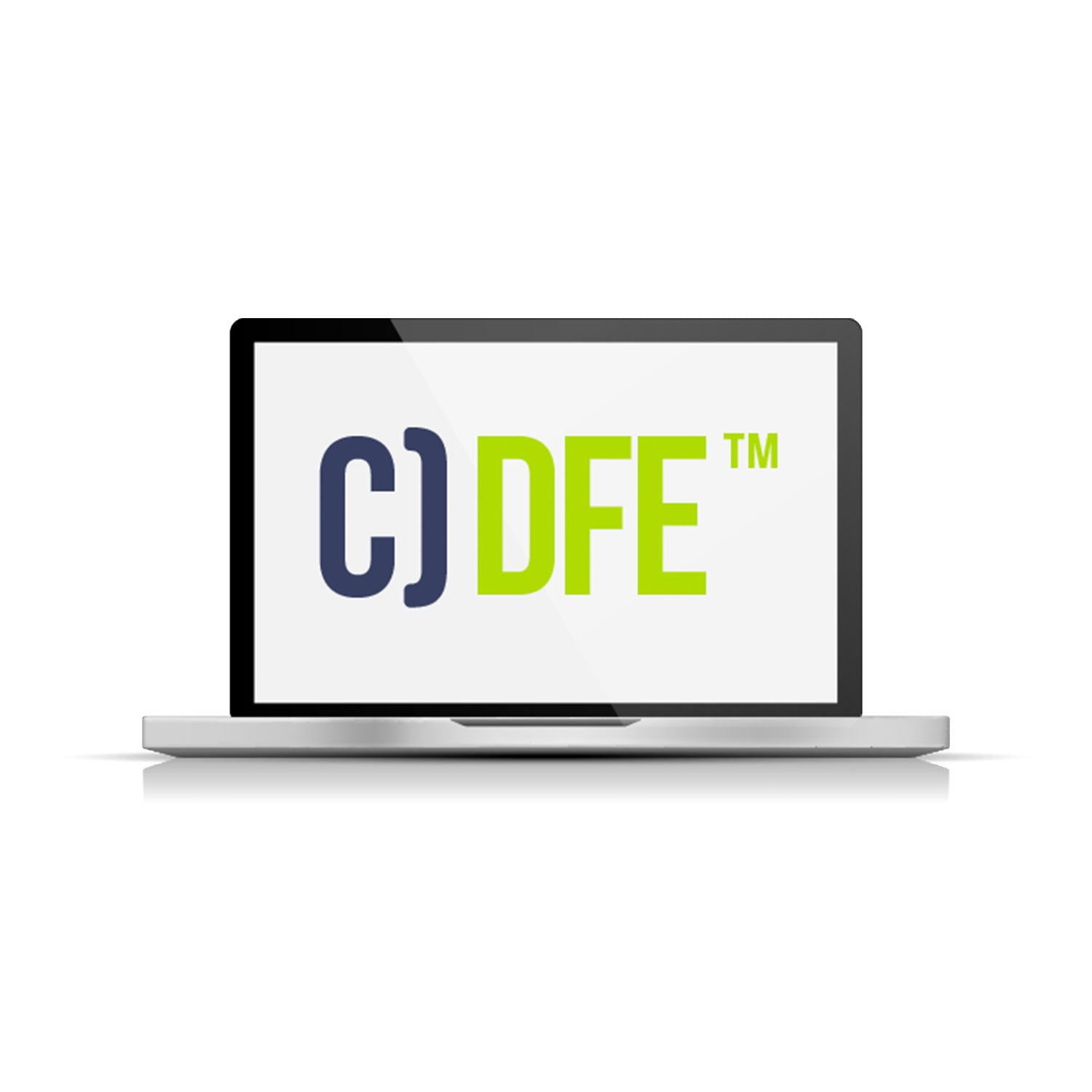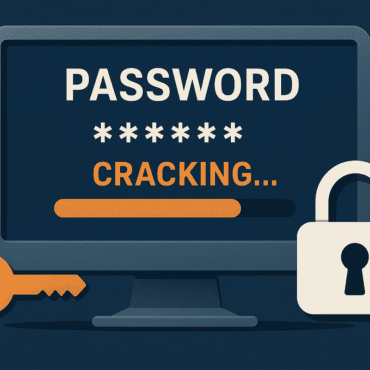Introduction
In today’s digital world, cybercrimes are becoming more complex and widespread. As a result, digital forensics professionals play a crucial role in investigating and analyzing digital evidence to support law enforcement, legal proceedings, and corporate investigations. Two of the most respected certifications in this field are CHFI (Computer Hacking Forensic Investigator) and CDFE (Certified Digital Forensics Examiner).
Although both certifications focus on digital forensic investigation, they differ in scope, objectives, and target audience. Let’s explore the main differences between CHFI vs CDFE and find out which one fits your career path best.
What is CHFI (Computer Hacking Forensic Investigator)?
CHFI, offered by EC-Council, is one of the most recognized certifications in the field of cyber forensics. It focuses on equipping professionals with the knowledge and skills to detect, investigate, and analyze cyber incidents and hacking attempts.
Key Highlights of CHFI:
-
Emphasizes investigating cybercrimes and data breaches.
-
Covers tools and techniques used by hackers and forensic experts.
-
Focused on incident response, evidence collection, and data analysis.
-
Recognized globally by corporations, government agencies, and law enforcement.
Ideal for:
What is CDFE (Certified Digital Forensics Examiner)?
CDFE, offered by Mile2, focuses on the complete digital investigation process, from data acquisition to reporting. It is designed for individuals who need to understand how to examine, analyze, and interpret digital data in various scenarios — including legal and corporate cases.
Key Highlights of CDFE:
-
Focuses on real-world digital forensic investigation techniques.
-
Covers file system analysis, email forensics, mobile forensics, and more.
-
Includes hands-on labs and case studies for practical understanding.
-
Recognized by NATO and U.S. Government agencies for its technical depth.
Ideal for:
CHFI vs CDFE: Key Differences
| Aspect |
CHFI |
CDFE |
| Certification Body |
EC-Council |
Mile2 |
| Focus Area |
Cybercrime investigation, hacking forensics |
Full-spectrum digital evidence examination |
| Approach |
Theoretical and tool-based |
Practical, lab-oriented |
| Audience |
Cybersecurity professionals and network admins |
Law enforcement and forensic investigators |
| Recognition |
Global corporate and IT recognition |
Recognized by law enforcement and government agencies |
| Exam Format |
150 multiple-choice questions |
2-hour exam with practical case analysis |
| Recertification |
Every 1 years |
Every 3 years (via Mile2 renewal program) |
Which Certification Should You Choose?
Choosing between CHFI and CDFE depends on your career goals and background.
-
If you’re already in cybersecurity or IT and want to strengthen your incident response and hacking investigation skills — CHFI is the best choice.
-
If you want to build a career in digital forensics, especially in law enforcement, legal investigations, or corporate evidence examination, then CDFE provides a more comprehensive and hands-on learning path.
Both certifications complement each other and can significantly boost your professional credibility in the field of digital forensics and cybersecurity.
Conclusion
Both CHFI and CDFE are highly valuable certifications that validate your expertise in digital forensic investigation.
While CHFI focuses on cybercrime and hacking investigations, CDFE takes a broader approach to digital evidence analysis and courtroom presentation.
Whether you choose one or pursue both, these certifications open doors to exciting opportunities in cybersecurity, digital forensics, and law enforcement.





Post comments (0)